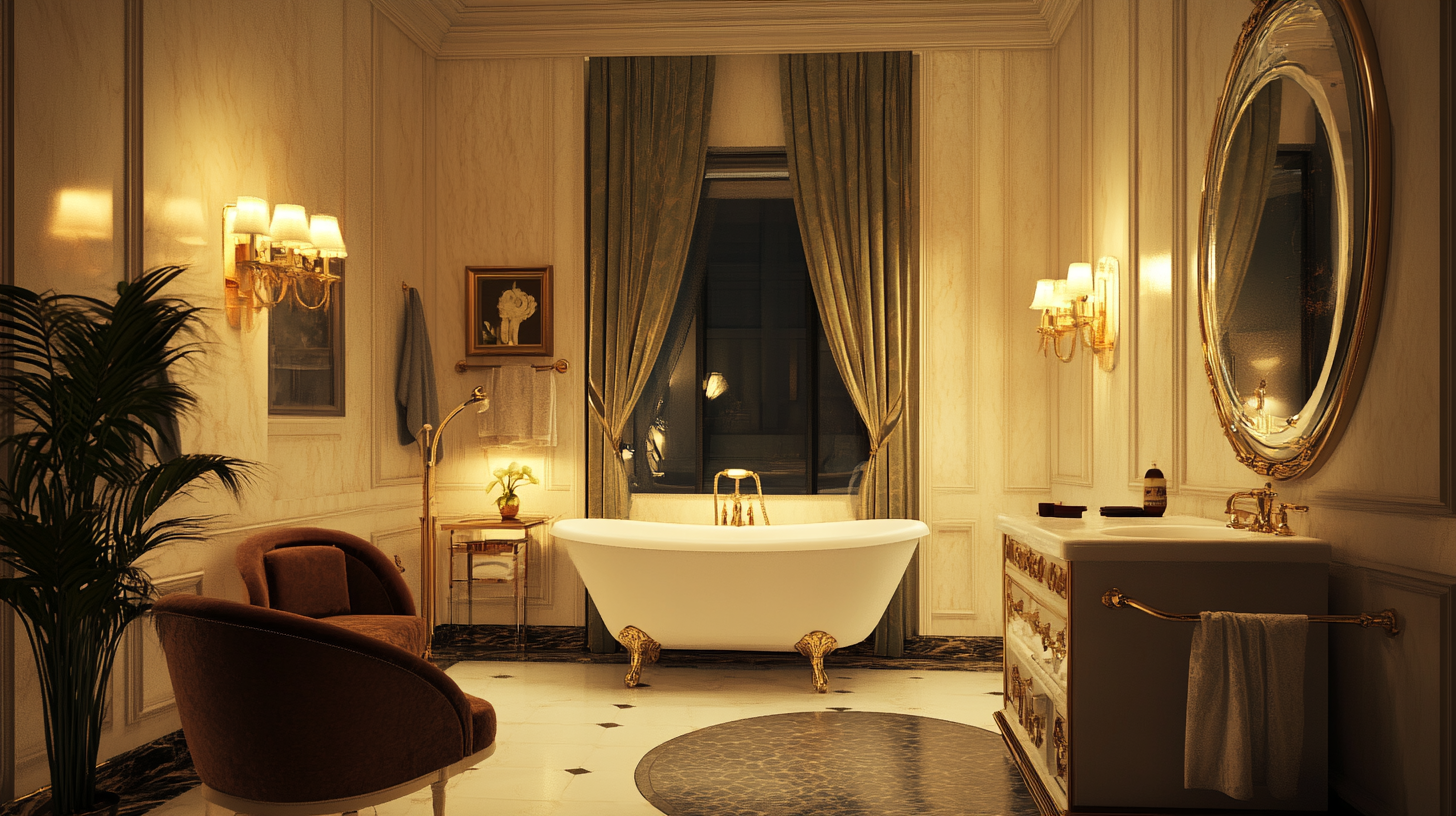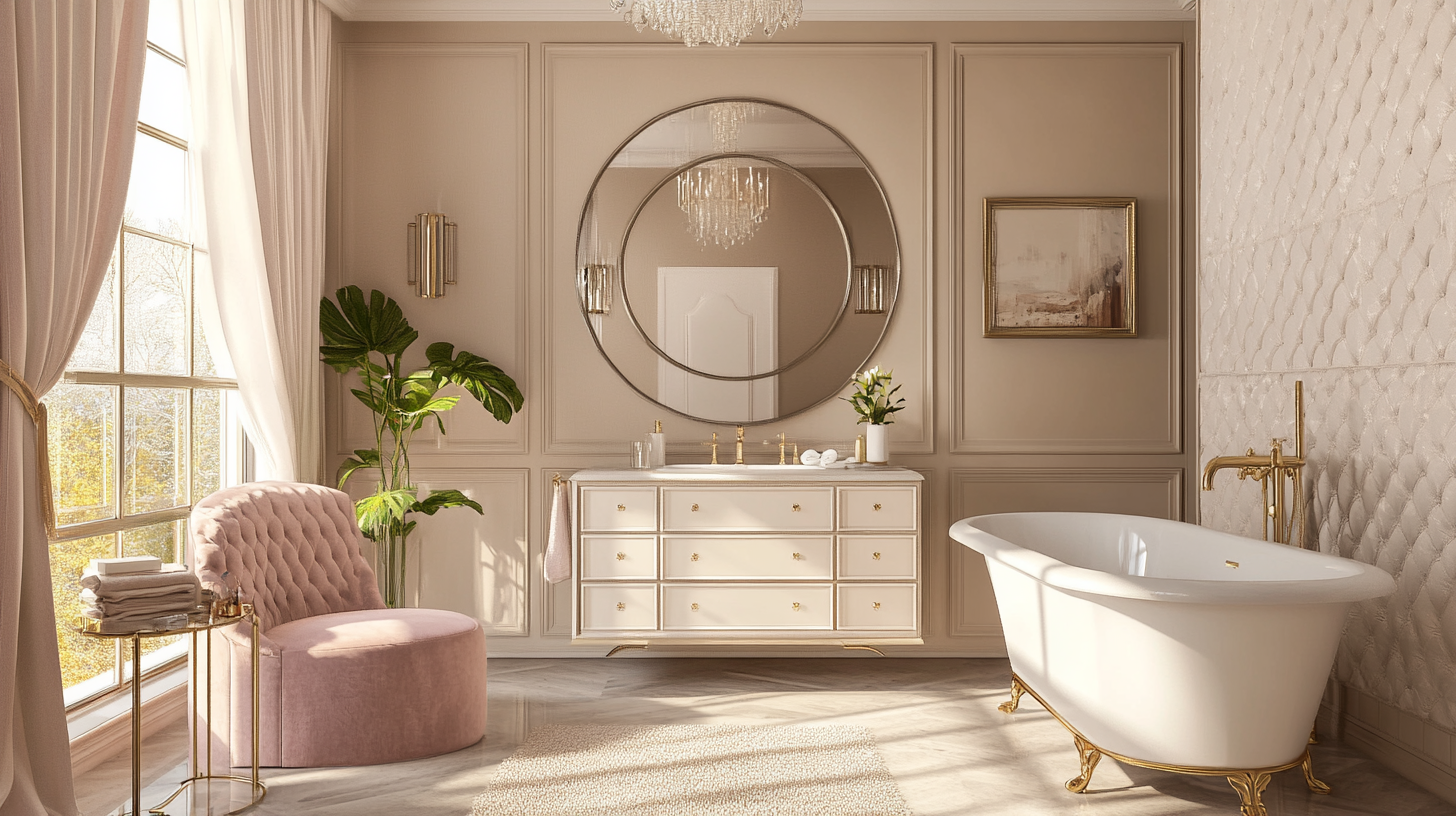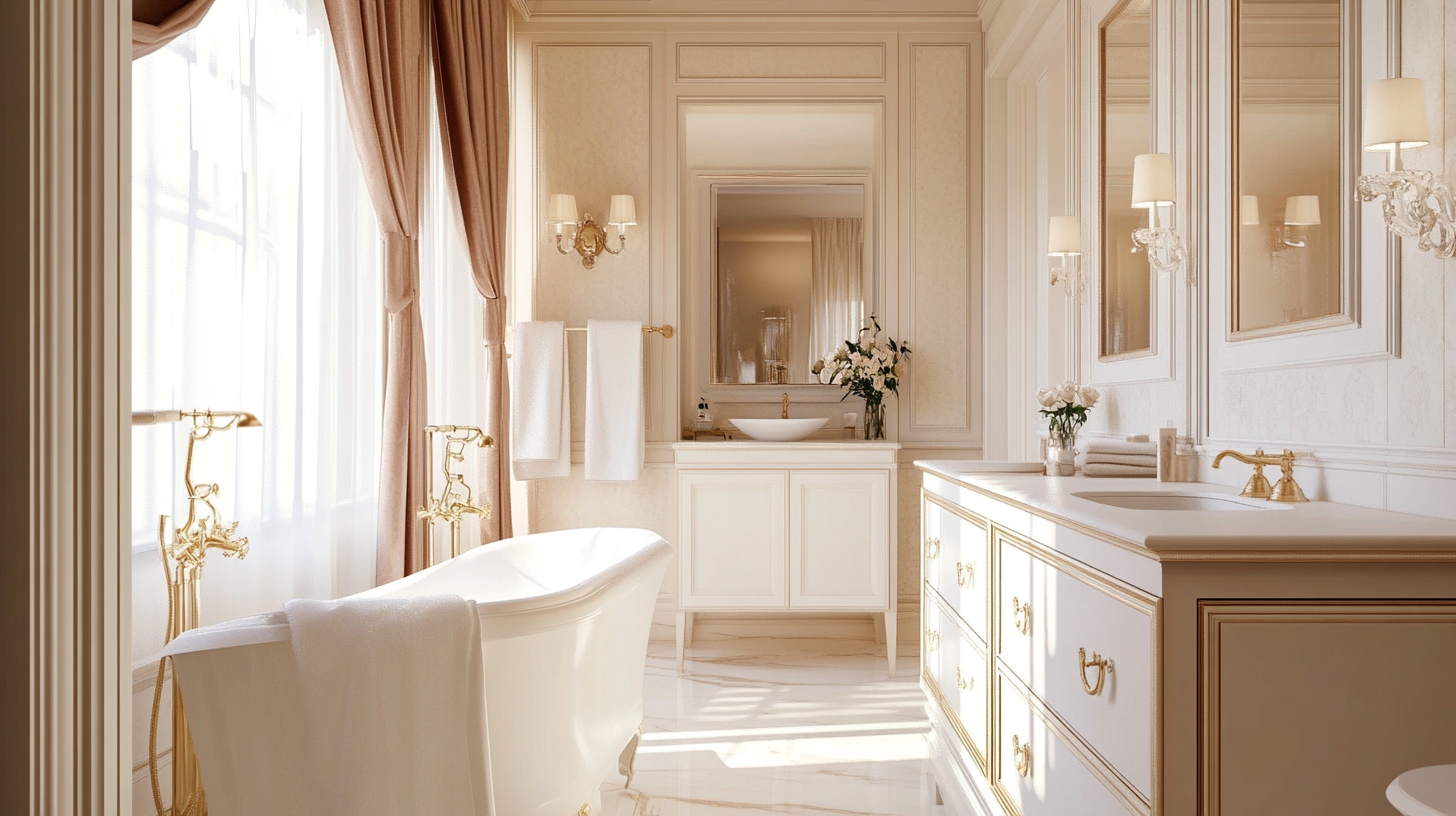Leave Your Message
When it comes to renovating or designing a bathroom, selecting the right Bathroom Vanity can significantly enhance both the functionality and aesthetic appeal of the space. According to a report by the National Kitchen & Bath Association, nearly 80% of homeowners prioritize bathroom remodeling projects, with nearly half of them indicating that changes to the vanity were a central focus of their renovations. A well-chosen Bathroom Vanity not only serves as a crucial storage solution but also sets the tone for the overall design, blending style with practicality. With a myriad of options available in terms of size, style, and material, understanding how to navigate these choices is essential. This blog post aims to provide expert insights to help homeowners make informed decisions that complement their personal taste and meet their space requirements, ultimately creating a bathroom that is both beautiful and functional.

When it comes to selecting the ideal bathroom vanity for your space, the size plays a crucial role. The size of your vanity should complement the dimensions of your bathroom while also considering functionality and aesthetics. One key factor to consider is the layout of the bathroom; take measurements of the available space to determine how much room you can allocate for the vanity. Ensure that there's sufficient clearance for doors and drawers to open freely without obstruction.
Another important aspect is the height of the vanity. Standard vanities typically range from 30 to 36 inches high, but taller or shorter options may be available to suit your needs. When selecting the height, consider who will primarily use the bathroom; ensuring comfort while using the sink is essential. Additionally, consider the depth of the vanity, which usually ranges from 18 to 24 inches. A deeper vanity can provide more storage but may overwhelm smaller bathrooms. Balancing these elements will help you find a vanity that enhances both the look and functionality of your space.

When selecting the perfect bathroom vanity, understanding the various styles can significantly impact both aesthetics and functionality. Traditional vanities often feature intricate details, classic lines, and rich wood finishes. According to the National Kitchen & Bath Association (NKBA), traditional designs remain popular, appealing to homeowners who favor timeless elegance. In fact, 42% of surveyed homeowners prefer traditional styles in their renovations, highlighting their enduring charm.
On the other hand, modern vanities embrace simplicity and minimalism with sleek designs and clean lines. These vanities typically use materials such as stainless steel or glass and prioritize open space to create an uncluttered feel. A report from Houzz indicates that modern vanities have been gaining traction, with 35% of remodels incorporating contemporary elements, reflecting a shift toward functional yet stylish designs. Transitional vanities effectively bridge the gap between traditional and modern aesthetics, combining elements of both styles. The NKBA notes that 23% of homeowners choose transitional designs, making it an appealing option for those looking for versatility in their spaces. Understanding these styles and their trends can guide homeowners in making informed decisions for their bathroom remodels.
When selecting a bathroom vanity, the construction material plays a crucial role in its longevity and maintenance. According to the National Kitchen and Bath Association (NKBA), about 60% of homeowners prioritize durability when choosing vanity materials. Common materials include solid wood, plywood, and engineered options like MDF. Solid wood provides unparalleled durability and a classic look but may require more upkeep to prevent water damage. Conversely, materials like MDF are more cost-effective and resistant to warping, making them a popular choice for moisture-prone environments.
Moreover, maintenance needs vary significantly among different materials. A 2021 study by the Remodeling 2021 Cost vs. Value Report highlighted that homeowners opting for higher-end materials, such as plywood, noticed less frequent repairs and lower overall costs in the long run. While solid wood offers aesthetic appeal, it demands regular sealing and careful cleaning. On the other hand, engineered materials typically require a simple wipe-down to maintain their appearance. Thus, understanding these material characteristics allows homeowners to make informed choices that align with their budget and lifestyle.
When designing a bathroom, one of the most critical aspects to consider is storage. A well-planned storage solution not only enhances the visual appeal of the space but also maximizes its functionality. The right bathroom vanity can serve as a cornerstone of this storage strategy, offering ample space for essentials while blending seamlessly with your overall decor.  Choosing a vanity with open shelves, drawers, and cabinets tailored to your specific needs can help declutter countertops and keep frequently used items within reach.
Choosing a vanity with open shelves, drawers, and cabinets tailored to your specific needs can help declutter countertops and keep frequently used items within reach.
Creating an efficient storage system can significantly improve your bathroom's usability. Consider the items you need to store—towels, toiletries, cleaning supplies—and opt for a vanity that accommodates these necessities without overwhelming the space. Customizable options, such as adjustable shelving or pull-out drawers, can provide flexibility and organization.
Furthermore, selecting materials and finishes that are not only stylish but also water-resistant will ensure your vanity withstands the humid bathroom environment, maintaining both functionality and aesthetics over time. An ideal bathroom vanity combines thoughtful storage solutions with your personal style, creating a space that is as practical as it is beautiful.
When budgeting for your bathroom vanity, it's essential to understand the average costs and the potential returns on your investment. The total cost of a bathroom remodel varies significantly based on factors such as location, quality of materials, and labor costs. On average, homeowners can expect to spend anywhere from $5,000 to $15,000 for a bathroom renovation, which includes the vanity. This investment can greatly enhance the functionality and style of your bathroom.
Furthermore, not all vanities are created equal in terms of return on investment. According to home improvement insights, the right bathroom updates can boost your home's resale value significantly, especially if you choose stylish yet practical designs. Investing in high-quality materials while staying within a reasonable budget will ensure that your vanity not only meets your aesthetic needs but also appeals to potential buyers in the future.
Prioritizing both functionality and design will yield the best financial returns when it comes time to sell your home.
